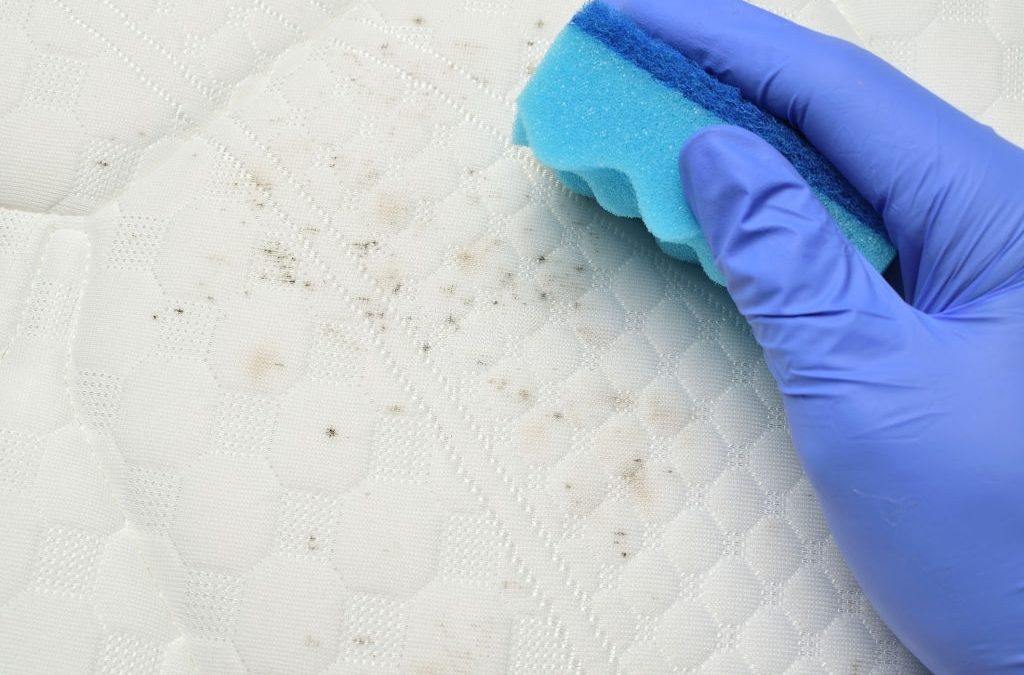Residential mold remediation, when done professionally, will help you to eliminate the health problems that may be associated with it and help to improve the value of your property. Residential mold remediation is an effective method of removing mold from your home through the careful process of thorough cleaning and/or replacement of damaged materials on your property that are infested by mold.
Molds can often grow quite quickly, and once established, they can spread rapidly throughout the home. This is especially true if you have pets in the house or in the immediate vicinity of the affected areas. Once your mold problem is identified and properly addressed, it is possible to restore your home to its former state, often with only minor restoration costs involved. You may need to purchase new carpets and throw out old carpets if the damage was severe.
Residential mold remediation can be done by a professional company, but sometimes it is better to do it yourself. If you are comfortable with performing this kind of work and know-how to handle the material, then this might be an appropriate solution for you. In order to remove the molds from your home, you should first vacuum and sweep all of the affected areas. You should take note of any damaged or missing pieces of carpet or sheeting and make sure to replace these pieces in their proper places. If there is heavy or extensive damage to the carpeting, you should contact a carpet cleaning company, which will usually be able to restore the carpet to its former condition at a very reasonable price.
After you have cleaned and vacuumed the area, you will probably have to inspect the carpets for signs of damage caused by mold. If you find areas that appear to have been compromised, you may want to replace those areas as well. Once the new pieces of carpet have been fitted, you can replace the damaged areas with new carpet as well. If you are not quite confident in your ability to do this yourself, you may wish to hire the services of a reputable carpet installation company.
Another aspect of residential mold removal is to replace the wood in areas that are contaminated. If the wood was damaged in the mold’s growth, you may wish to replace the flooring in these rooms as well.
If you choose to replace the carpets, you should ensure that you thoroughly sand the entire area with a fine-grit sandpaper. before replacing the carpet.
If you do not have carpets, you should ensure that you clean the inside and the exterior surfaces of the house and that the areas were exposed to the mold. It is also important to look for visible mold spores and mold if you do not have carpet.
If you choose to hire a carpet cleaning company to perform your residential mold remediation, they will take samples of the contaminated areas for testing and will determine the extent of the mold and whether or not it is contained. They will also advise you on the best course of action for remediation.
A professional company will not use any chemicals during your residential mold remediation process. However, they may use special cleaning agents to remove all traces of mold.
Before you begin your cleaning, you should ensure that all furniture is removed from the affected area. This includes all couches, upholstered furniture, and other types of seating, such as armchairs and chairs.
Once you have cleaned all of the furniture, you will want to vacuum and sweep the area where the cleaning has been done. You may wish to also use a deodorizer or a disinfectant as well. in order to remove any lingering odors caused by the cleaning process.
For residential mold remediation, you will want to ensure that the company you choose does not use harsh chemicals. During the cleaning, you may wish to use a bleach solution to kill any remaining spores that may be left behind. or any residual mold spores that may be present.


Recent Comments